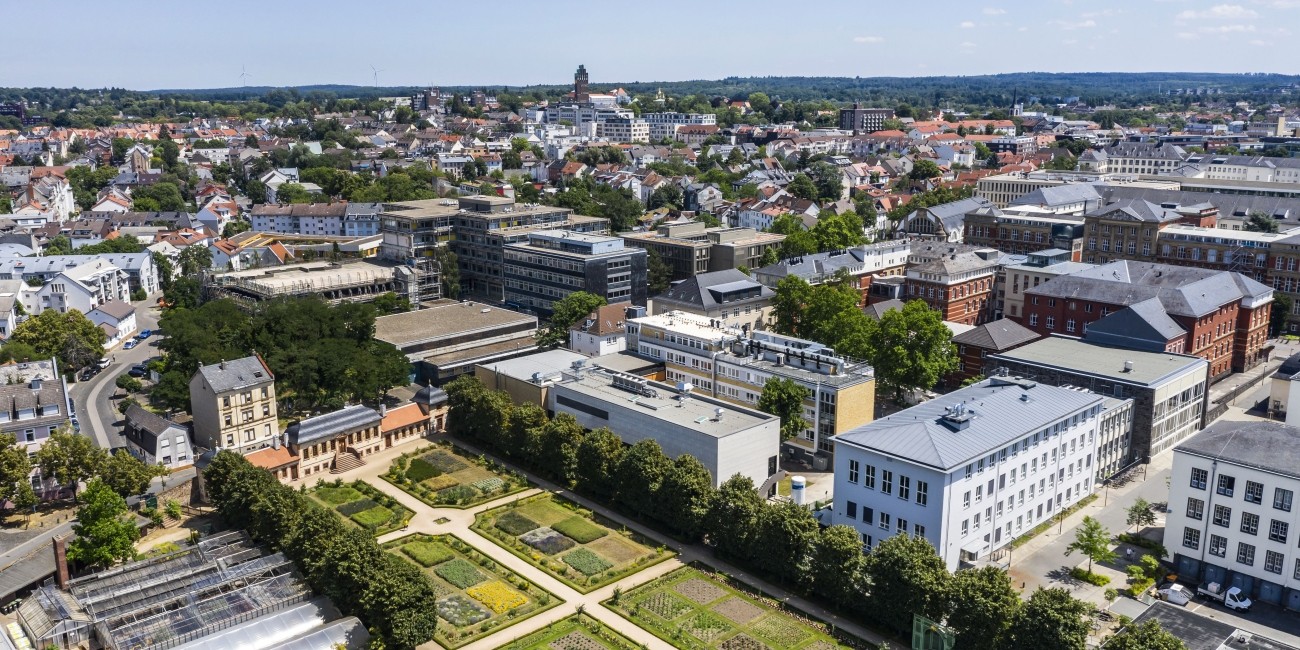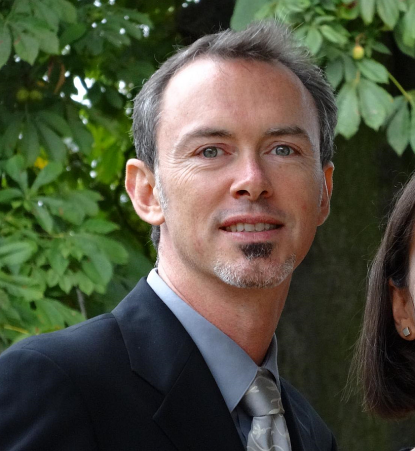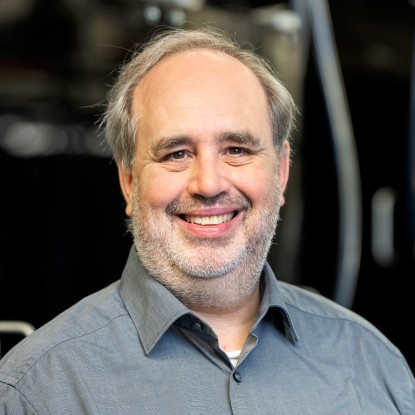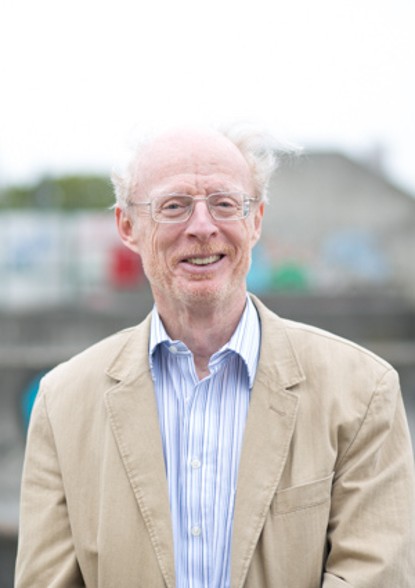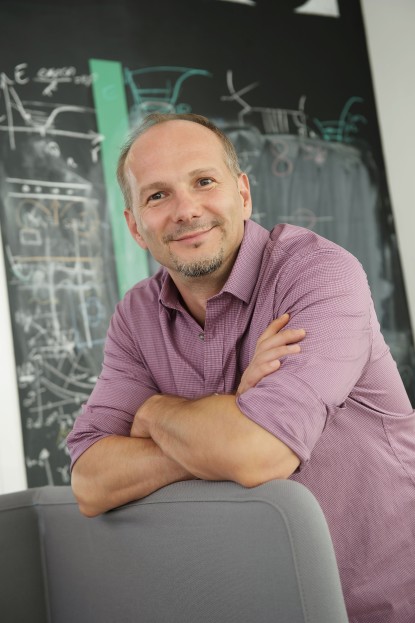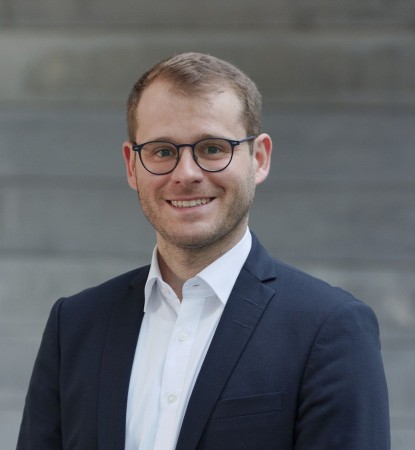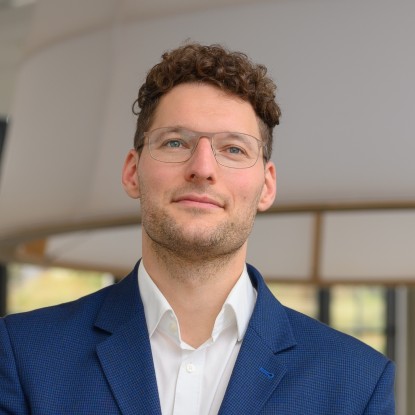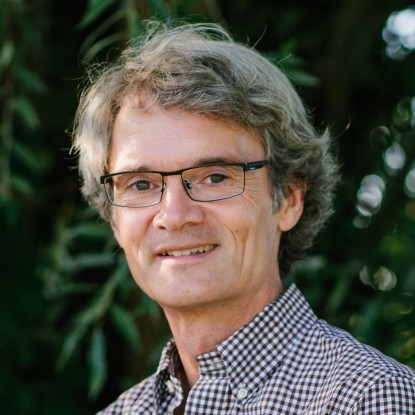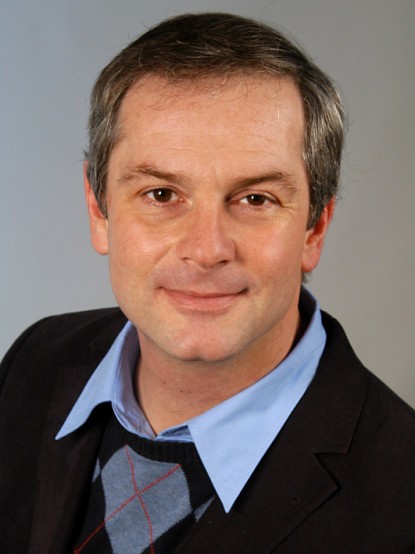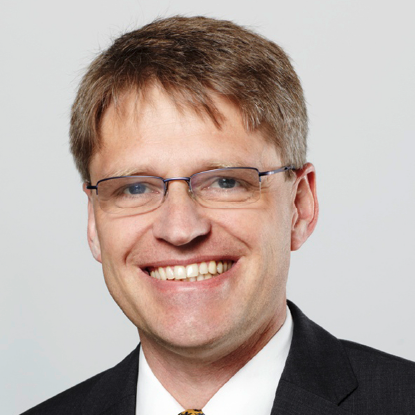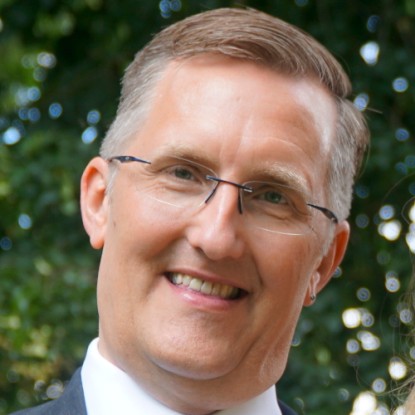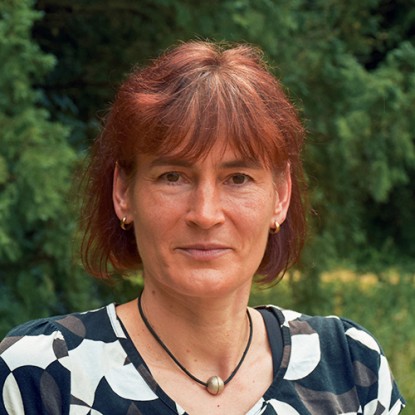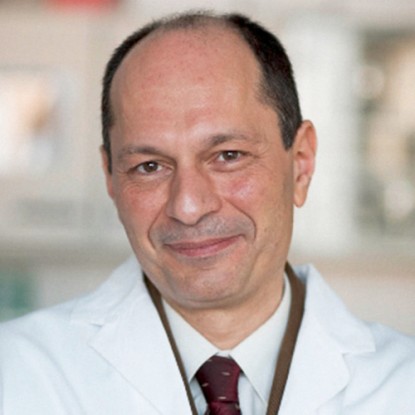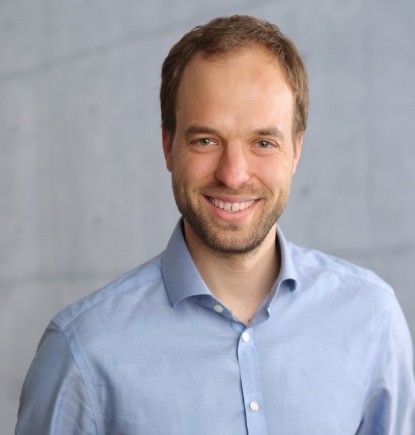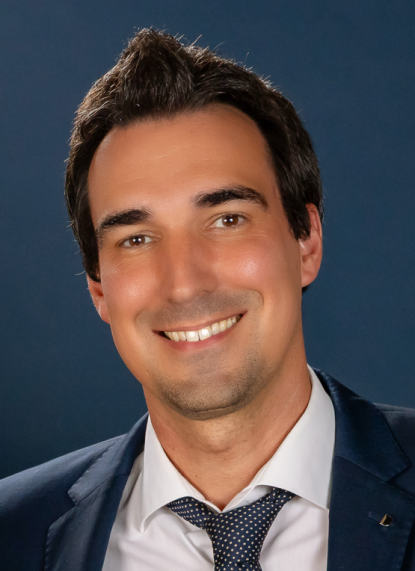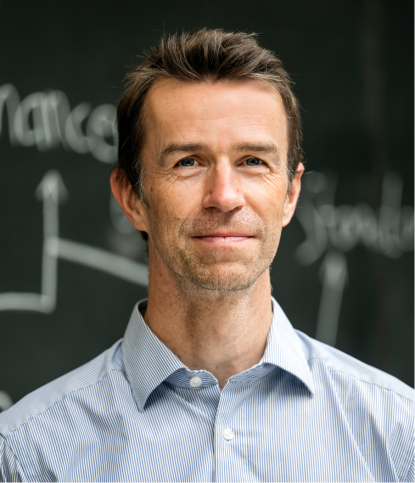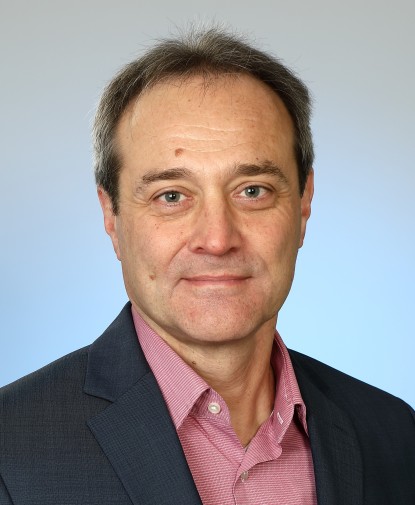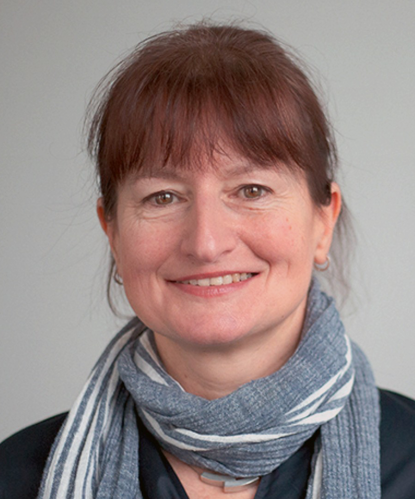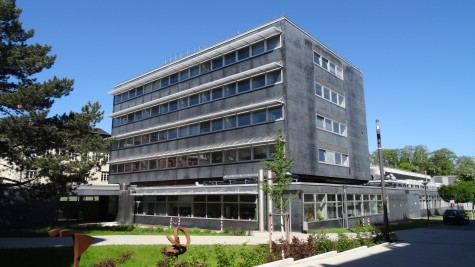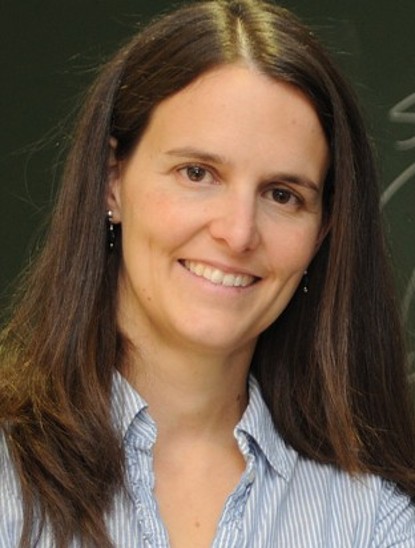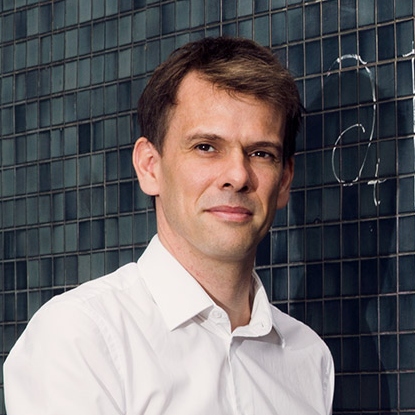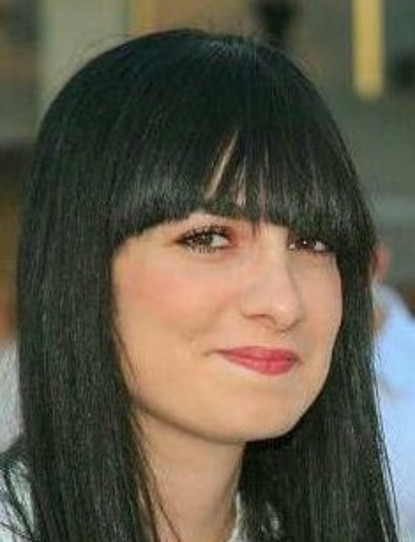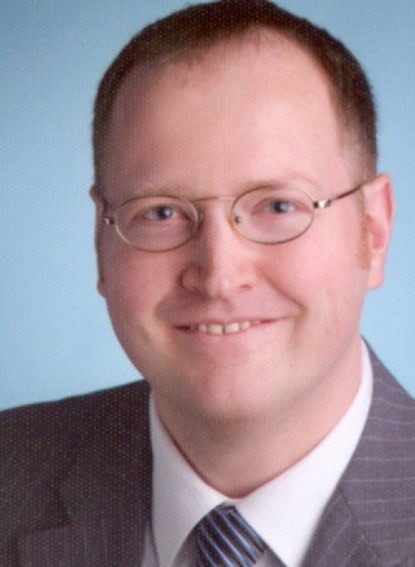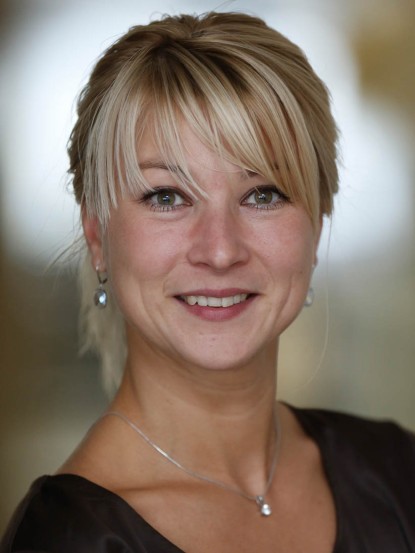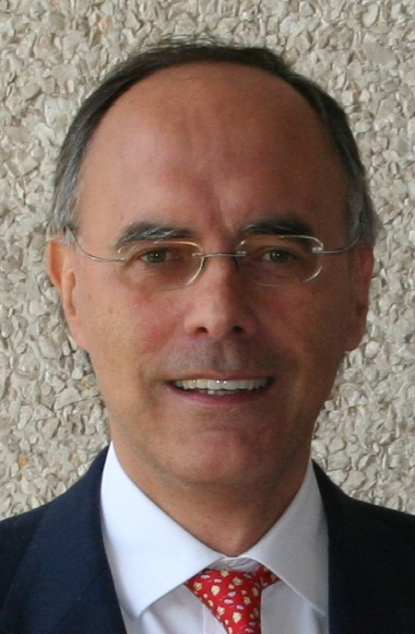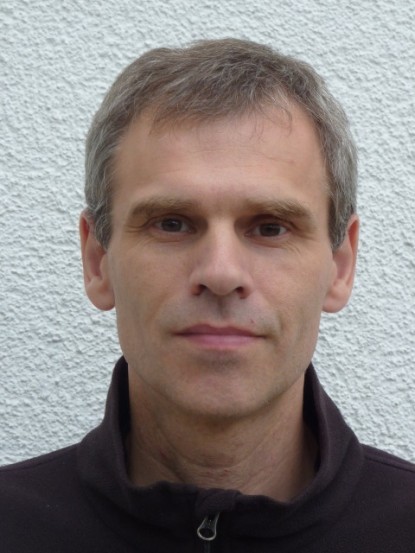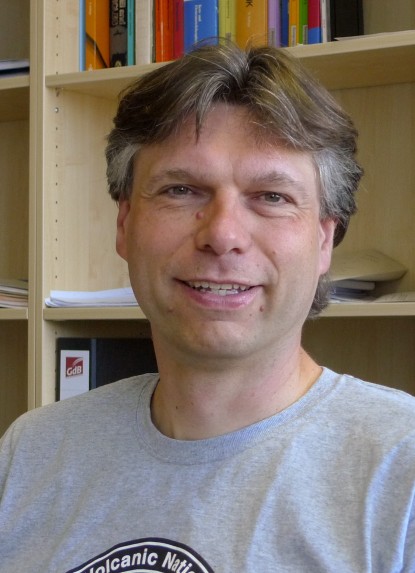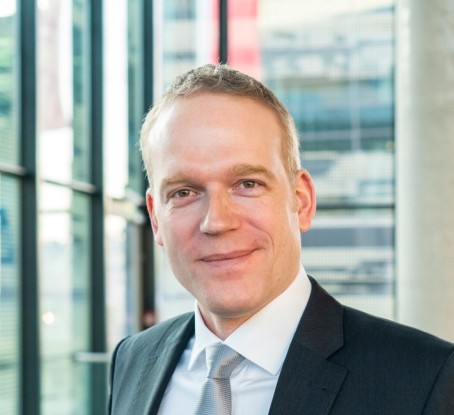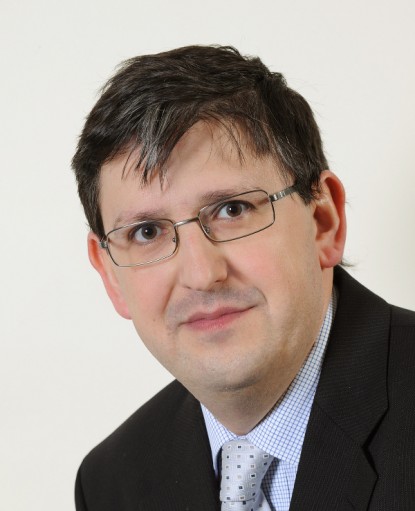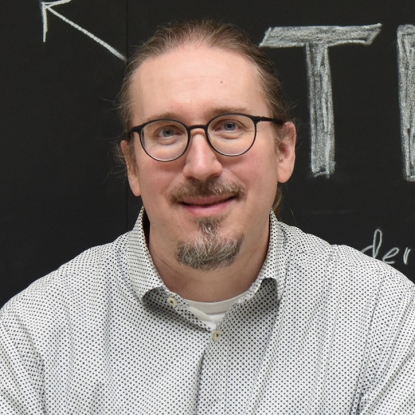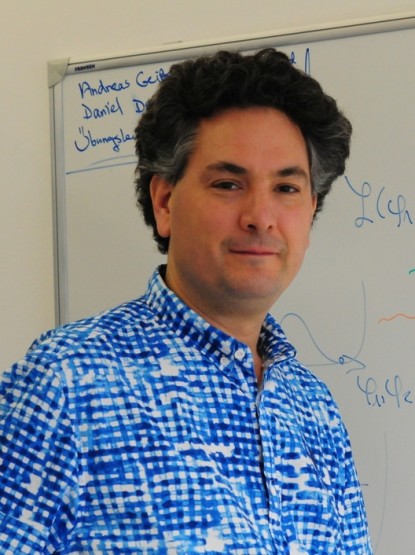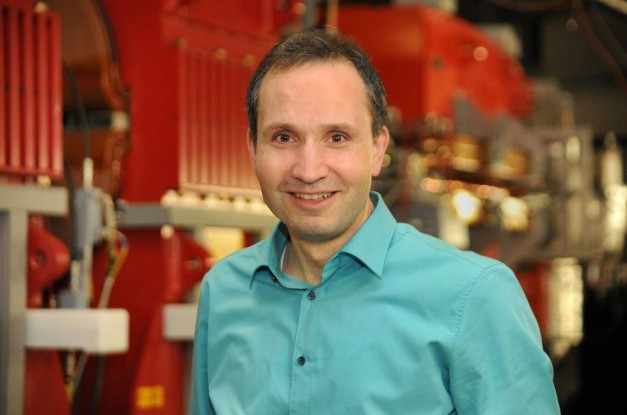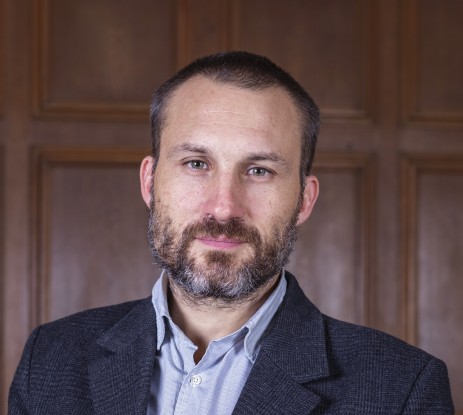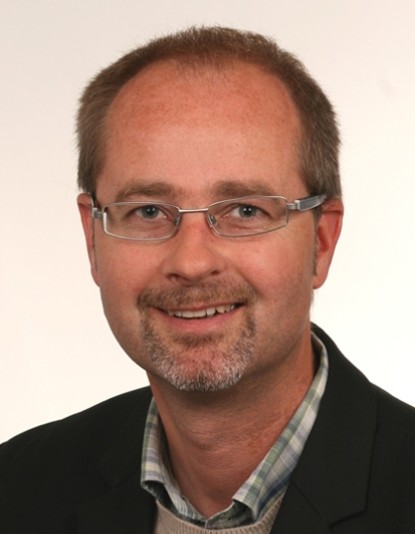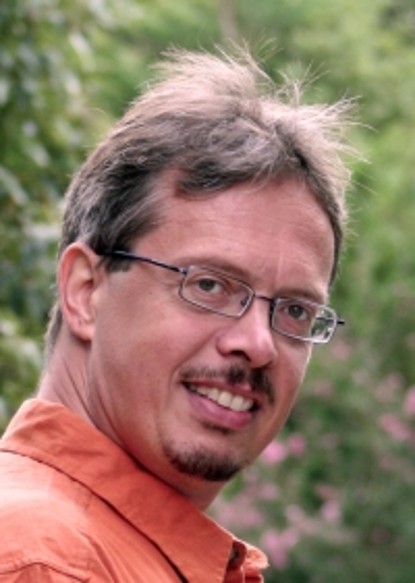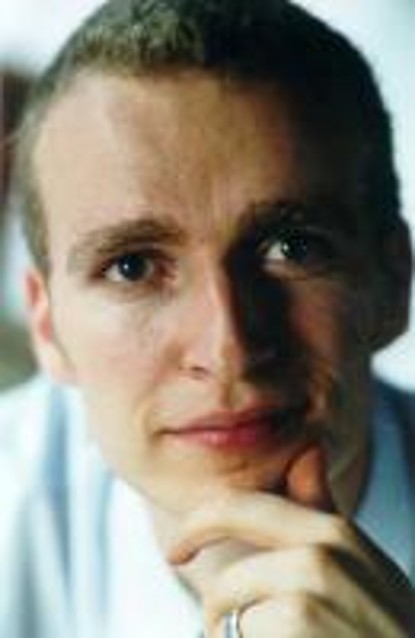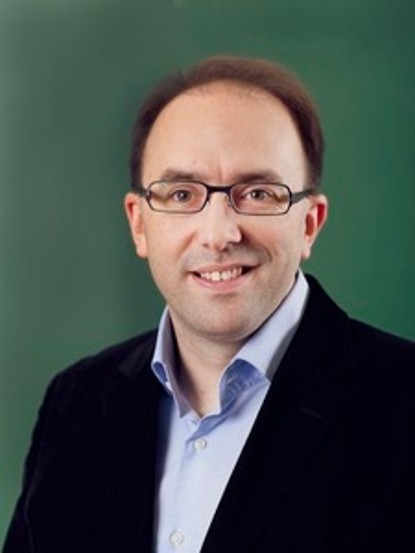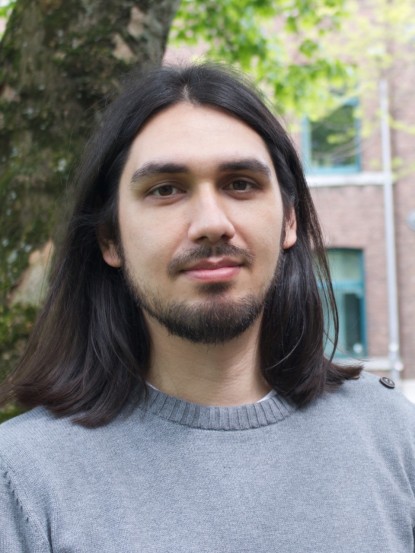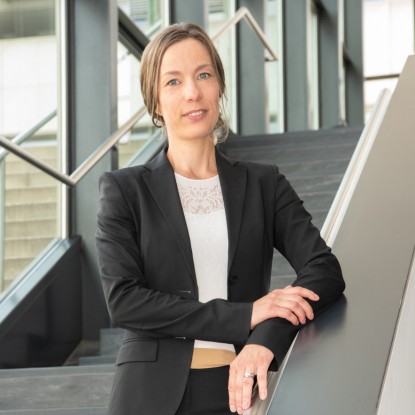At the Institute for Applied Physics all work groups deal with different questions in the field of quantum technology. The major fields of research are state-of-the-art laser systems including semiconductor lasers, storage and cooling of single atoms using laser traps and quantum cryptography.
All work groups with a theoretical background are located at building S2|09. The work groups with an experimental background are located at building S2|15.
The research interest of the Institute for Condensed Matter Physicsis in the understanding and control of condensed matter with emphasis on soft matter and disordered systems. These include, e.g. polymers, colloidal dispersions, sediments as well as biologically relevant systems. These exhibit a hierarchy of internal structures and length scales, as well as a variety of characteristic time scales. It is important to understand how macroscopic properties result from microscopic structure. Here, collaboration between experimental and theoretical physicists is essential, as well as close cooperation with chemistry, engineering, materials science, and biology.
The institute for condensed matter physics is located in the buildings S2|04 – S2|08.
The experimental orientation of the Institute of Nuclear Physics at the Technical University of Darmstadt is strongly related to the linear accelerator S-DALINAC operated there. Here, research and teaching is carried out in the fields of nuclear structure physics, nuclear astrophysics, relativistic heavy ion physics, plasma and astroparticle physics, accelerator physics and related fields in experimental and theoretical working groups.
The experimental groups and the linear accelerator are mostly located in building S2|14. The theoretical working groups have their premises in the IKP Theory Centre in building S2|11.
Science of Nuclear Diplomacy
The Science for Nuclear Diplomacy Group conducts research in experimental physics and computational nuclear engineering to support the nonproliferation, arms control, and disarmament of nuclear weapons. It is co-located at TU Darmstadt and PRIF. We focus on the development of novel verification techniques to assess compliance with corresponding treaties. Furthermore, proliferation potentials of new nuclear technologies are assessed. Lastly, the group explores avenues towards reductions in nuclear weapon arsenals and weapons-usable fissile materials.
The group Didactics of Physics deals with questions of teaching and learning physics, especially from the perspective of Conceptual Change: learners do not come to class as blank slates. Rather, they have deeply anchored ideas about physical phenomena and concepts through their everyday experience. These so-called pre-concepts influence the teaching-learning processes to a great extent. It remains a great challenge to initiate a conceptual change from the pre-concept to the subject concept in the classroom.
Both basic research and the development and implementation of materials are necessary here in order to enable a learning-effective implementation of the findings. For this purpose, Design-Based Research offers a research-based approach to further develop the field-specific teaching-learning theories and at the same time to implement a systematic theory-practice transfer.
The Physics Didactics group is located in building S2|01.

